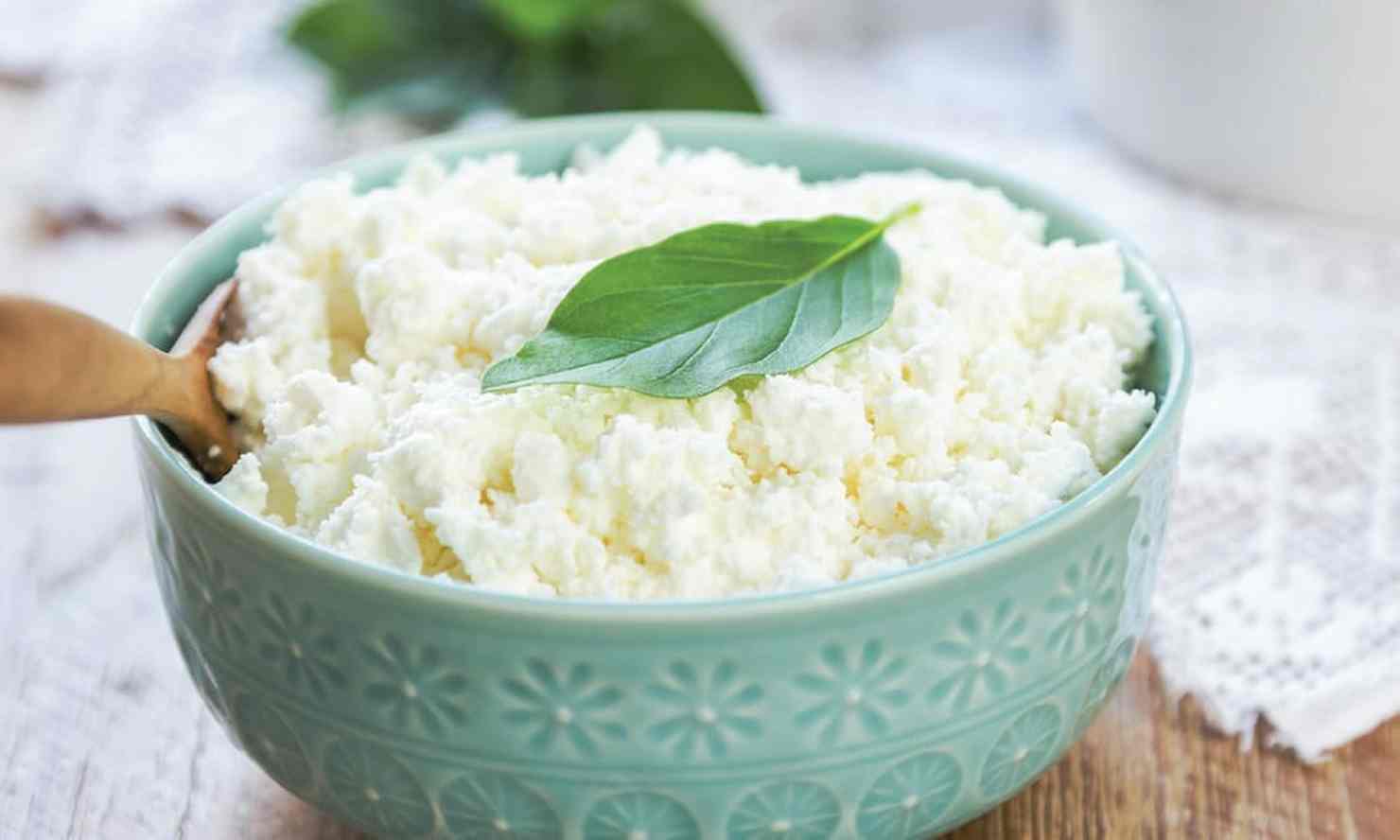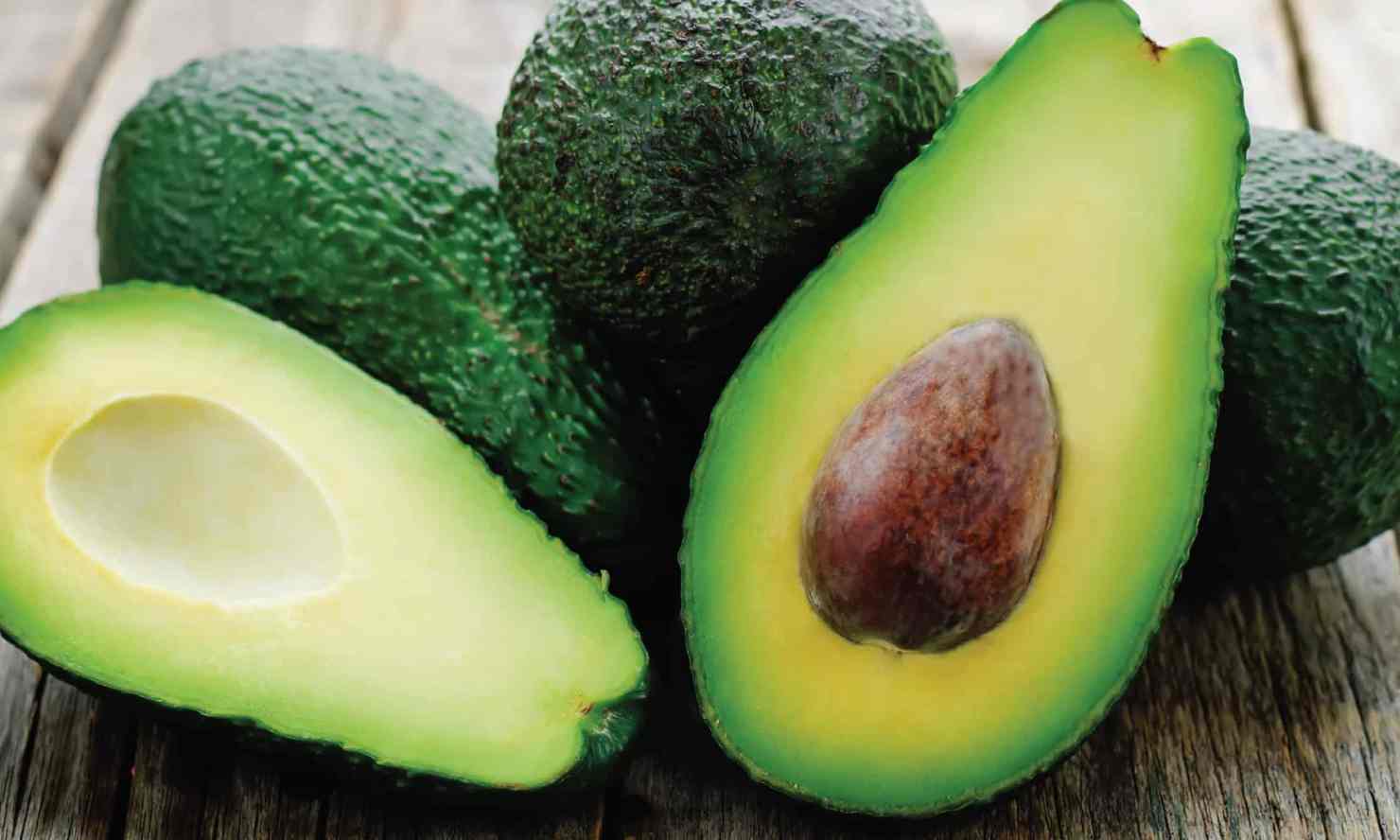
Prior to the creation of processed fats like margarine and hydrogenated vegetable oils, lard (fat rendered from pigs/pork) was the original “shortening” used to make baked goods and fried foods that had a crumbly texture. Then, starting in the early 1900s, hydrogenated vegetable oils began replacing animal fats and other quality cooking oils because of the low cost, long shelf life and convenience of these products.
As more people have become aware of the potential dangers of including hydrogenated fats and trans fats in their diets, use of shortening has been declining. Fortunately, it’s becoming common knowledge that there are healthier fats to cook with — such as grass-fed butter and coconut oil.
What Is Shortening?
Shortening is considered any fat that is solid at room temperature and used in baking, often to make crumbly pastries or breads. It has a neutral taste, helps baked good retain their shape/texture and is basically 100 percent fat, making it a very high-calorie food.
Why is shortening called shortening? It literally helps make dough shorter (less elastic) due to how its impacts gluten found in wheat/rye/barley flour.
Types/Varieties
What is shortening made of? It depends on the specific type of shortener.Ad
Some are made from animal fats, while others are plant-based and made from vegetable oils.
Examples of popular shorteners include:
- butter
- margarine
- hydrogenated vegetable oils, such as soybean and palm oil
- lard
Is Crisco a shortening? Yes, Crisco shortening is one of the most popular types in the world.
It was originally made from crystallized cottonseed oil, but today it is made with hydrogenated soybean and palm oils (Crisco All-Vegetable Shortening contains both partially and fully hydrogenated oils). This makes it a type of vegetable shortening.
What seems to confuse many people is that Cristco is only one brand of shortening. There are many other shorteners besides Crisco, so the terms shouldn’t be used interchangeably.
Is Shortening vegan?
Some types are. While animal shortenings including lard and butter are NOT vegan, vegetable shortenings (including Crisco) are.
Shortening vs. Butter
Because it’s solid at room temperature, butter can technically be considered a type of shortening, especially because it’s a popular ingredient in baking.
Most people assume that butter is another type of fat — and for good reason, considering it’s very different than products like margarine. But for the most part, butter is used in the same way as shortening.
One key difference is that butter has more water, while shortening contains zero water and is therefore higher in fat.
Can you substitute butter for shortening? Most of the time, yes, although the finished product may come out a bit different if you do.
Fats in shortening remain intact and soft after melting, but butter separates into oil and milk solids. Butter may wind up making recipes seem a bit oilier and also harder once they cool down, while shorteners tend to keep them soft.
Related: What Is Tallow? Top 5 Reasons to Use This Form of Fat
Uses
Shortening is typically added to foods like baked goods and pie crusts to give them a crumbly and crisp texture. While bakers intentionally try to make some foods, such as bread, airy, stretchy and fluffy, shortening on the other hand is used to make recipes more mealy, dense and flaky.
You’ll find shorteners in foods including:Ad
- pastries
- sweet breads
- biscuits
- pie crusts
- cakes
- crisps and crumbles
- cookies
- frosting
- some breaded and fried meats
Manufacturers of processed foods and baked goods love adding shorteners to their products because they are very inexpensive to produce, boost the mouthfeel and taste of recipes, and often do not require refrigeration (depending on the kind). Shorteners also have a high melting point and are considered “heat-stable” compared to most other oils.
What’s the science behind how shorteners work? Shorteners can help prevent gluten in baked goods from making the food elastic, dried out and chewy.
Adding shortener allows dough to keep its softness and shape since it prevents gluten molecules from expanding too much.
Nutrition Facts
The most commonly used shorteners today are made with vegetable oils like soybean, cottonseed or refined palm oil. Using the process of hydrogenation, these oils are made to become solid at room temperature.
Although it depends on the specific kind, shortening is nearly 100 percent pure fat. According to the United States Department of Agriculture, one tablespoon of vegetable/lard shortening contains about:
- 115 calories
- 13 grams fat (including a mix of unsaturated, saturated and sometimes trans fat)
- 2.75 milligrams vitamin K (up to 8 percent DV)
- 3 milligrams choline
- 0.12 milligrams vitamin E
Aside from providing fat and some vitamin K, it basically doesn’t contain any other essential nutrients.
Risks and Side Effects
A mountain of evidence from the past several decades has shown that consumption of products containing trans fats and partially hydrogenated oils poses many health risks.
Hydrogenation is the chemical process that turns liquid oil into solid fat that has a spreadable texture. Partial hydrogenation makes fats semi-solid at room temperature, while full hydrogenation makes oils totally solid.
The reason that partially hydrogenated fats are considered “danger foods” is because of how their chemical composition changes during manufacturing. They become oxidized easily when exposed to high heat, which means they may contribute to the formation of free radicals, oxidative stress and inflammation.
Studies show that negative health effects associated with partially hydrogenated fats/trans fats include:
- Increased risk of heart disease, heart attack and stroke
- Increased hardening/calcification of the arteries
- Increased “bad” LDL cholesterol levels and decreased “good” HDL cholesterol
- Increased inflammation
- Negative impacts on functions of the nervous system
- Increased risk of death
The good news is that in the United States, the Food and Drug Administration requires all food labels to list the amount of trans fat. This means you can look for newer products that are trans fat-free or, better yet, just use natural fats/oils that are not highly processed.
Healthier Alternatives
Because shorteners tend to be made with highly processed vegetable fats, using shortening replacements is a smart idea.
Due to growing concerns over consumption of these fats, shortening alternatives are becoming more widely available. It’s especially important to avoid products that contain trans fats.
Always read ingredient/nutrition labels, and avoid those that list any type of “hydrogenated vegetable oil” (partially or fully) and that have more than zero grams of trans fats.
What can be used instead of shortening? Healthier substitutes for shortening include:
- Grass-fed butter
- Ghee (a form of clarified butter)
- Coconut oil or coco butter, which are good sources of medium-chained fats (just note that it will give recipes a slight coconut taste)
- Depending on the recipe, healthy oils like olive oil or avocado oil (which are vegan and can make good vegetable shortening substitutes in some recipes/baked goods)
When using shortening substitutes such as butter in recipes, keep these tips in mind:
- Most recipes recommend “cutting” cold shortening into your dry ingredients prior to baking. The size of your pieces determine how the recipe comes out.
- To make flaky crusts, use pea-sized pieces of shortening. To make recipes with a crumbly texture, making very small pieces that are about the size of grains.
- Gradually add small pieces to your flour and other dry ingredients by either cutting the butter with a knife or using a food processor.
Conclusion
- What is shortening? It’s any fat that is solid at room temperature and used in baking, often to make crumbly pastries or breads.
- Many processed vegetable shorteners have been made with hydrogenated oils and trans fats to improve their shelf life and cost efficiency. However, these fats have been linked to a number of health problems, including increased risk for heart disease, heart attacks and stroke.
- It’s a better idea to cook with healthy shortening substitutes instead, such as grass-fed butter, ghee or coconut oil.





